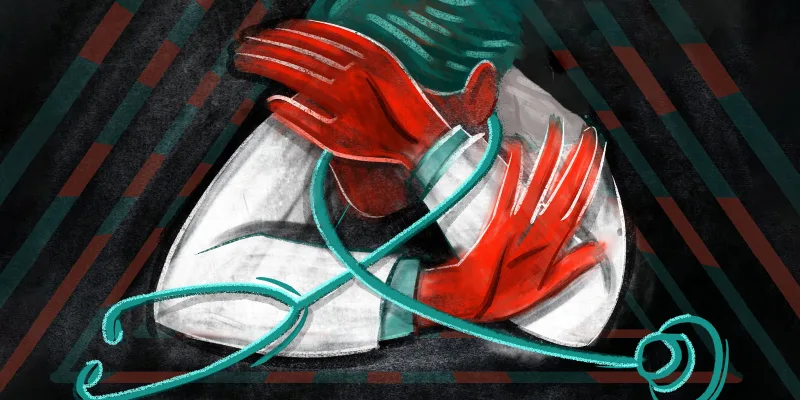Speaker: Iltefat H Hamzavi, MD
What hidradenitis suppurativa treatments were discussed in your sessions?
My particular section was referring to the use of laser hair removal devices, such as the YAG laser, to improve this condition. And when you have early-stage HS, not only does that keep coming and going, this is a good way to prevent the lesions from developing, and also a good way to take care of active nodules.
But once you enter into stage 2 or 3, where you have permanent fibrotic sinus tracts, the thing you don’t want to have with HS, then you can remove those with a CO2 laser. And we talked about how to manage the wounds, as well as how to do that procedure.
What HS treatments are currently in development?
One of the areas that are going to be developed are the new biologic options, as well as better use of antibiotics. And that was discussed as well. There is an approved TNF alpha inhibitor that’s already available, and there’s also multiple other cytokine pathways.So we’re hoping that next year we’ll have even more options.
And we also hope to improve the management of these patients. And there’s also discussions about all the specialty centers that are opening up that are really gearing themselves towards better care for these patients.
What is the HS Foundation currently working on?
So the Hidradenitis Suppurativa Foundation, which is an American-based foundation — there’s several foundations throughout the world, but we’re the American-based one — is coming up with their own guidelines. They’re looking at the use of oral antibiotics, topical antibiotics, oral immunosuppressives, injectable biologic agents — as well as lasers, and light sources, and surgery — to come up with some guidelines.
And so the evidence for HS is not great, but it’s improving. But there are so many case series, it’s hard to know which one has evidence, which one doesn’t. So combining evidence by culling all the data, giving them back to our population of caretakers in the dermatology community, as well as medicine in general, in a clearly digestible format, and then allowing experience to supplement that, and hopefully we can offer better care to our patients.






